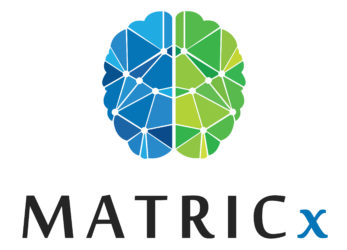What are Knowledge Producing Teams (KPTs)? KPTs are groups of collaborators that have shared and/or aligning mental models (Cannon-Bowers, Salas, & Converse, 1993) focused on producing and expanding knowledge. Science teams represent an important type of KPTs with similar features and processes to other types of teams, containing unique aspects because of expectations from the knowledge-generating environment in which they operate (National Academy of Science, 2015). KPTs primarily aim to create knowledge not ordinarily achieved outside of a collaborative environment. KPTs have task-oriented goals, share equipment and technologies, and develop professional and interpersonal relationships within their unique context and content situations (Mohammed & Dumville, 2001). These activities are embedded within the teaming process (DeChurch & Mesmer-Magnus, 2010) that grounds their purpose—the generation of new knowledge (Wuchty et al., 2007). KPT members are typified as collections of highly skilled, autonomous workers trained to use specific tools and theoretical concepts with goals that produce complex, intangible, and tangible results (Bisch-Sijtsema, Fruchter, Vartianen, & Ruohomäki, 2011). Their involvement in teams is often the direct result of individual interests or enthusiasm rather than being assigned to a task. This said, sustainability of projects and the alliances of these knowledge workers depend upon the continued successful collaborative motivations of individual contributors (Andreas, Ulli, Michaela, & Bernhard, 2006), which is highly and continually influenced by individual readiness to enter into KPTs (Gajda, 2004).
Many who engage in KPTs do so in response to shifting individual and environmental opportunities for engagement over pre-constructed group work environments allowing for greater autonomy and freewill when making decisions about engagement. This may be the main difference between many KPTs and other types of teams that are primarily charged with outputs that are gauged by market demands. Collaborative participation also plays a part in satisfying a variety of individual needs that range from basic intellectual creativity (Rhoten, 2003) to the need for being part of efforts beyond one’s own creativity and skill boundaries (Adler & Chen, 2011). It can fulfill higher level needs that afford individuals the ability to participate in more complex thinking and problem solving with well-defined and shared goals (de Montjoye, Shmueli, Wang, & Pentland, 2014). It challenges collaborators to engage in knowledge sharing behaviors (Hung, Chou, Chen, & Own, 2010) and mollifies innate personal and social needs (Berg, Ross, & Tikkanen, 2011; Lakhani & Wolf, 2005) through human interactions (Melin, 2000). The mechanisms of how these desires affect decision-making and the move toward assembling in KPTs and more importantly how these influence career self-management (Quigley & Tymon, 2006) is critical to understanding how motivation and threat play a significant part in the decision-making processes of potential KPT participants and well worth exploration.
